NASA’s planetary defense team has begun tracking a massive interstellar comet that appears to defy known cosmic behavior.
The object, named 3I/ATLAS, measures roughly the size of Manhattan and is drawing global attention after scientists detected materials never before seen in nature.
The International Asteroid Warning Network (IAWN), a NASA-coordinated coalition of space agencies and observatories, has listed the comet as a potential threat.
- NASA’s planetary defense team is tracking 3I/ATLAS, a Manhattan-sized interstellar comet with unprecedented material composition.
- 3I/ATLAS emits a rare anti-tail jet directed toward the Sun, contrary to typical comet behavior where particles eject away from the Sun.
- The comet contains an industrial nickel alloy, nickel tetracarbonyl, never before found in natural cosmic objects, suggesting human-like manufacturing.
NASA has flagged an interstellar comet for defying cosmic behavior
Image credits: NASA
The network’s goal is to detect and monitor asteroids and near-Earth objects that could endanger the Earth.
While the agency stresses that Earth is not in immediate danger, it has launched a detailed observation campaign to study the comet’s unusual activity.
IAWN announced it will conduct a “comet campaign” from November 27, 2025, through January 27, 2026, to refine techniques for locating and tracking 3I/ATLAS.
Image credits: Kevin Carter/Getty Images
“To prepare for the campaign, we will hold a workshop on techniques to correctly measure comet astrometry (a transformation without a change to a figure’s shape or size, such as rotation or reflection),” IAWN wrote.
The object was first captured by the Hubble Telescope on July 21, and astronomers quickly noticed several irregularities.
Instead of behaving like a typical comet, 3I/ATLAS emits a jet of material pointing toward the Sun, known as an anti-tail. Most comets eject particles away from the Sun, but this one appears to do the opposite.
Image credits: NASA
Adding to the mystery, telescopes detected a plume of gas containing nickel but no iron, a chemical mix never before recorded in a natural comet.
According to Harvard astrophysicist Dr. Avi Loeb, this alloy, nickel tetracarbonyl, has only been formed by human manufacturing.
The object shows several peculiarities, including emitting materials towards the sun, an unnatural alloy, and a missing bright tail
Image credits: NASA
“There is only one place where that is known to exist, and that is in industrially produced nickel alloys,” Loeb told The New York Post. “This was never observed for any other object.”
Image credits: NASA
This alloy is used in aerospace manufacturing to coat metals and strengthen surface materials.
August images taken from the Keck II telescope in Hawaii confirmed the object was emitting a plume containing four grams of nickel per second.
Another strange feature of the object is its lack of a cometary tail. Comets usually have a bright tail as they travel through the solar system.
Image credits: Getty Images
“We usually see beautiful tails extending from the object away from the Sun, and in this case there was no evidence for such a tail,” Loeb said.
The comet’s motion has also puzzled astronomers. Data shows it is moving on an unusual, non-gravitational trajectory, bringing it close to Jupiter, Venus, and Mars.
Loeb argued in a paper that the behavior could indicate that it is an alien probe sent to scout Earth.
A Harvard astrophysicist argues the comet could be an alien probe sent to scout Earth
Image credits: NASA
“If 3I/ATLAS is a massive mothership, it will likely continue along its original gravitational path and ultimately exit the Solar system,” he wrote in a blog post.
3I/ATLAS is expected to make its closest approach to the Sun on October 30, when it will come within 1.4 astronomical units (about 130 million miles) of it.
Image credits: NASA
Despite the comet’s mysterious behavior, NASA scientists maintain that it poses no danger to Earth. The object will remain about 150 million miles away at its nearest point.
3I/ATLAS was named as per tradition: The letter “I” is for “interstellar,” since the object came from outside our solar system, and the number “3” comes from it being the third known interstellar object.
Poll Question
Thanks! Check out the results:
Any aliens would be wise to give this planet a wide berth, until we're extinct anyways. A whole lotta hassle from beings not particularly advanced.
Any aliens would be wise to give this planet a wide berth, until we're extinct anyways. A whole lotta hassle from beings not particularly advanced.



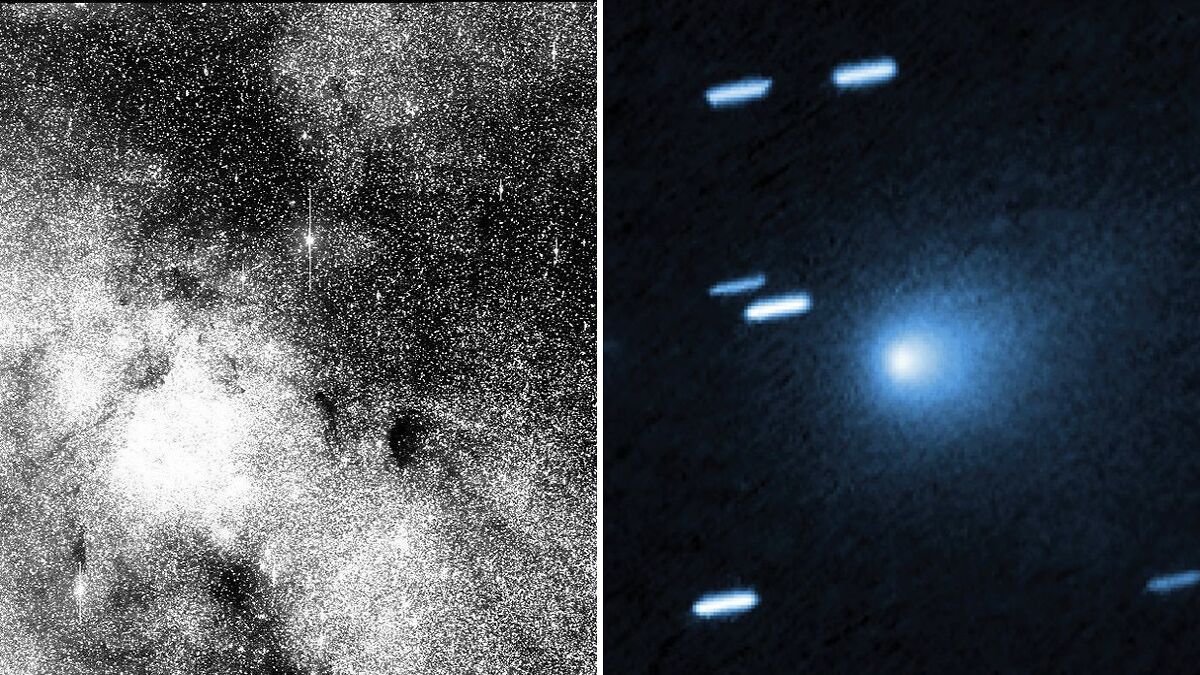
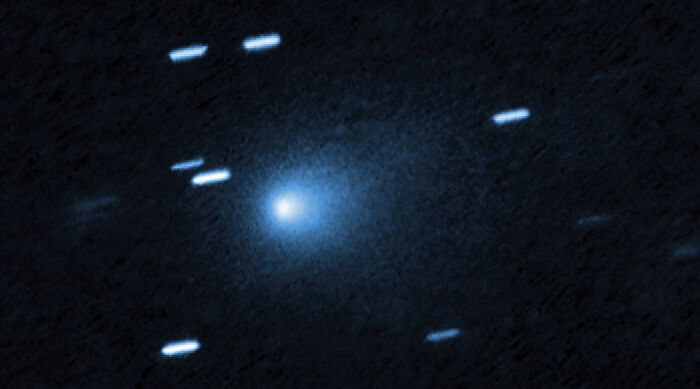

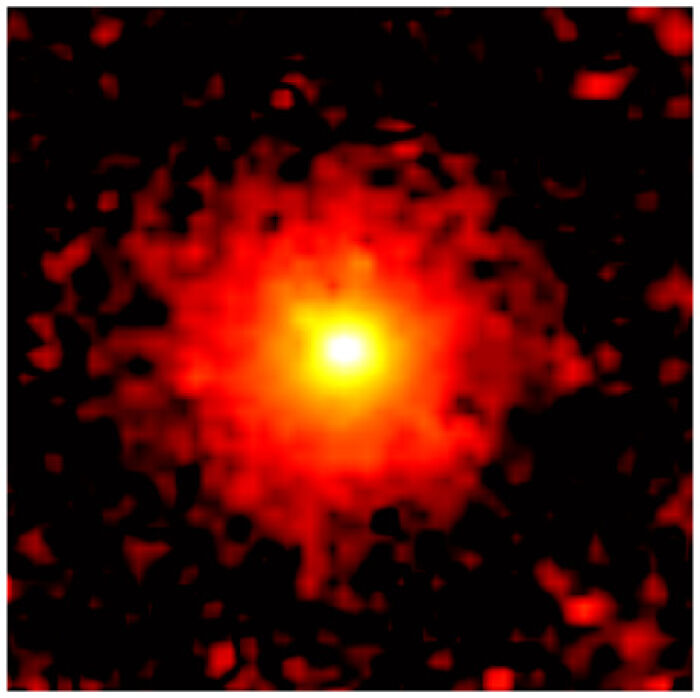
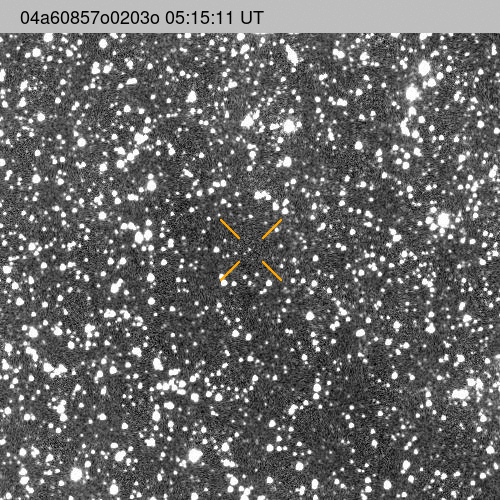
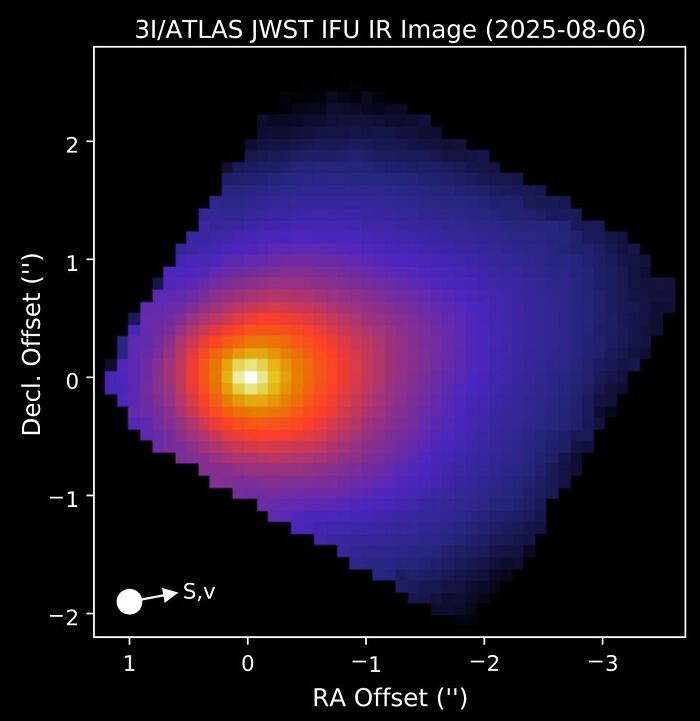

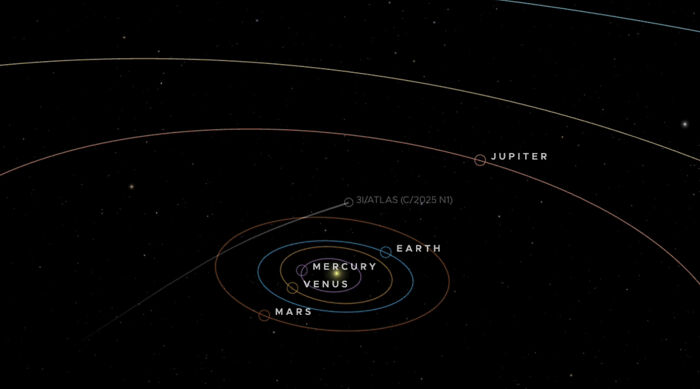
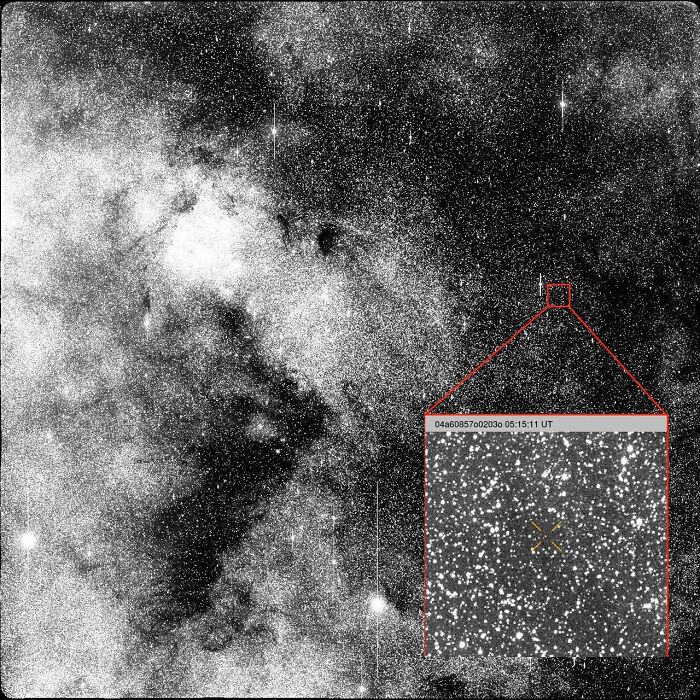



16
1